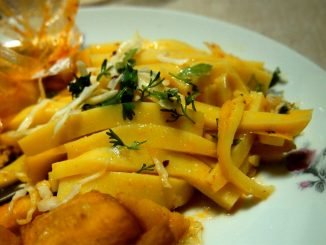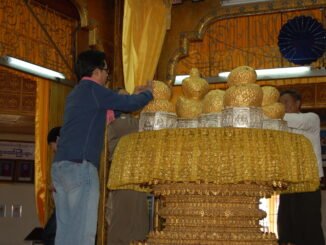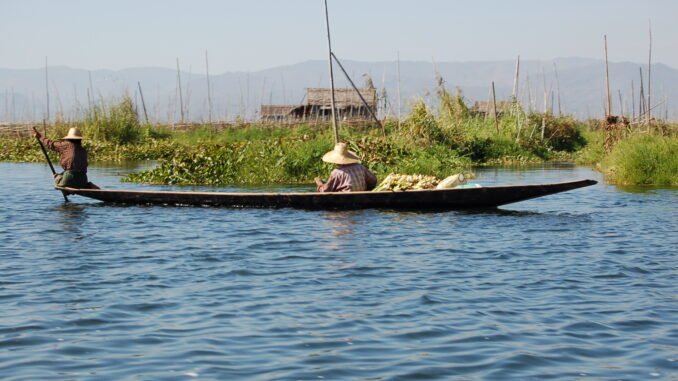
Inle Lake, Myanmar’s second-largest freshwater lake, is a UNESCO Biosphere Reserve and Ramsar site nestled in the Shan Highlands. Renowned for its serene beauty and unique ecosystem, it spans 116 km² at an elevation of 880 meters. The lake is home to floating villages, stilt-house communities, and hydroponic gardens where crops like tomatoes are cultivated on buoyant plots. The indigenous Intha people are famous for their leg-rowing fishing technique and traditional crafts like lotus silk weaving and silversmithing.
Key Highlights:
- People: The main ethnic group living around Inle Lake are the Intha people, known for their distinctive way of fishing. The Intha people have a rich cultural heritage and practice a variety of crafts, including weaving, pottery, and silk production. Many of these traditional arts can be seen in local markets and villages.
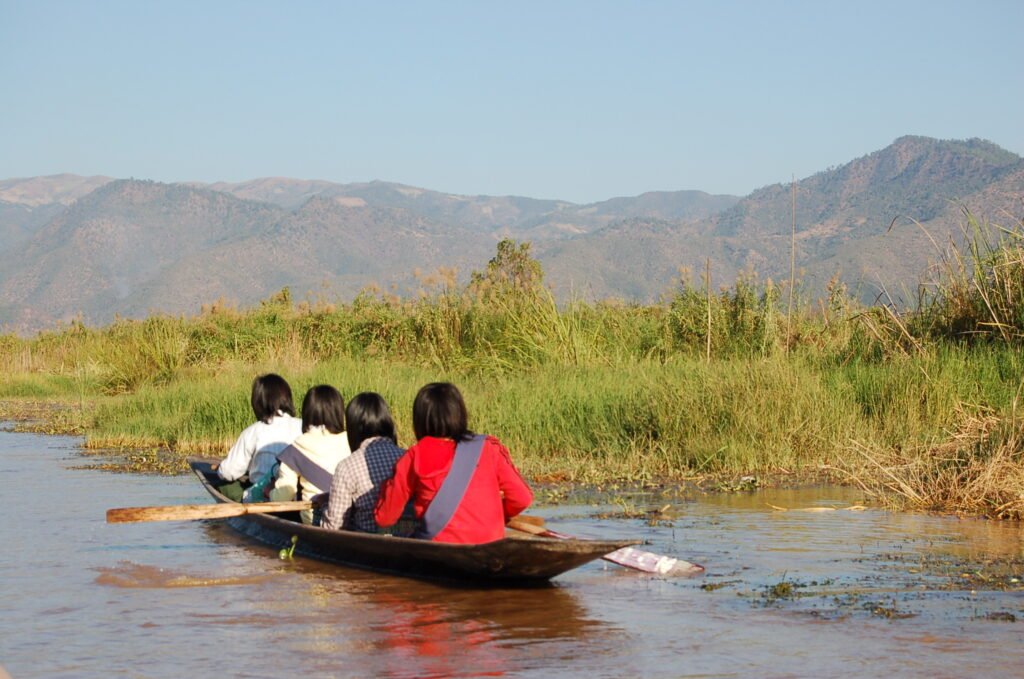
- Culture: Annual festivals like the Phaung Daw Oo Pagoda Festival and rotating floating markets showcase vibrant traditions. One of the most remarkable features of Intha culture is their method of fishing, where fishermen use their legs to row their boats while balancing on one foot, allowing them to have both hands free for fishing. This technique, known as “leg-rowing,” has become one of the iconic symbols of the region.
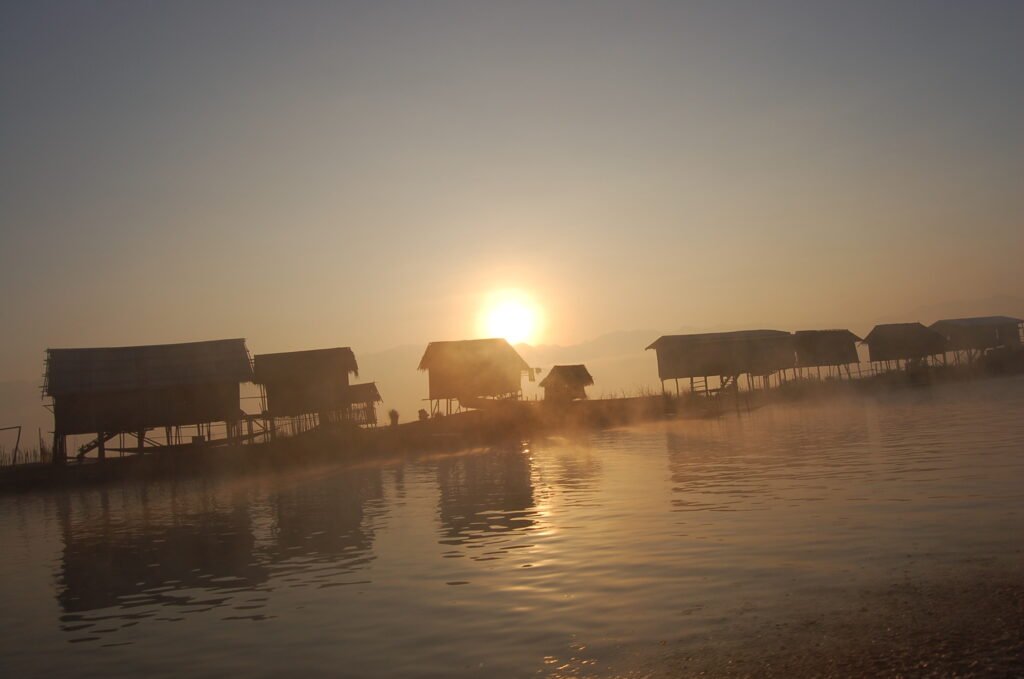
- Attractions: Sacred sites (Phaung Daw Oo Pagoda, Indein’s ancient stupas), Nga Hpe Chaung Monastery, and scenic boat tours. Phaung Daw Oo Pagoda Festival takes place in September or October and is a significant religious event, where a revered Buddha statue is carried around the lake by boats in a procession.
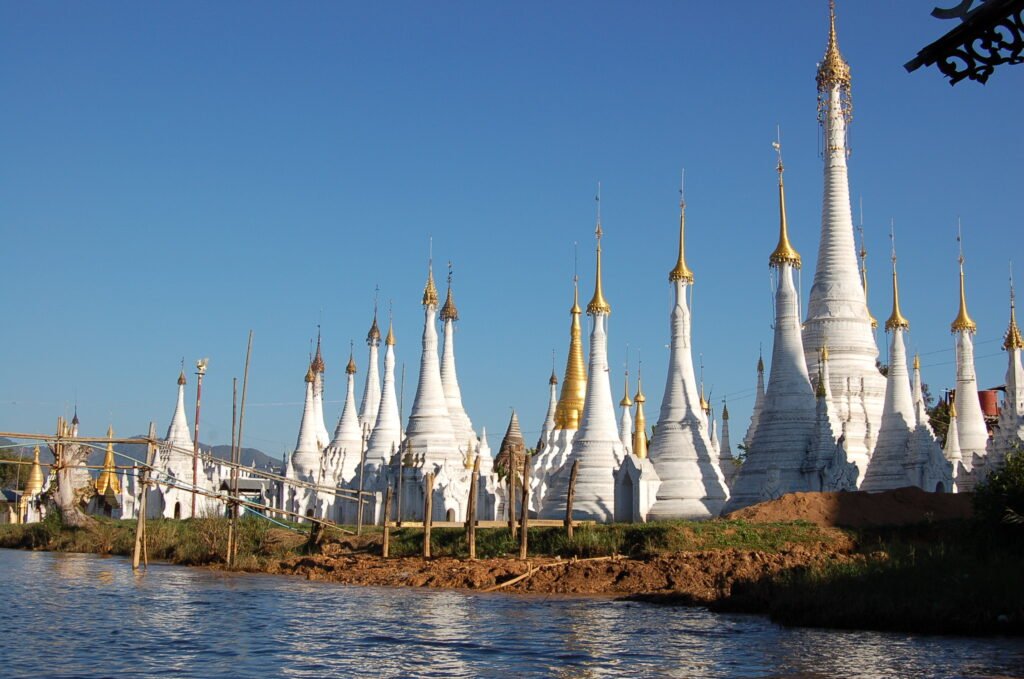
- Ecology: Hosts endemic species like the Inle carp and migratory birds, but faces threats from invasive water hyacinths, siltation, pollution, and overfishing.

- Challenges: Environmental degradation from increased population, deforestation, agricultural expansion, and tourism pressure. Conservation efforts focus on sustainable practices, reforestation, and regulating fishing.

- Economy & Tourism: Driven by fishing, floating agriculture, and handicrafts. Visitors enjoy trekking, boat rides, and exploring cultural sites, with best access via Heho Airport.
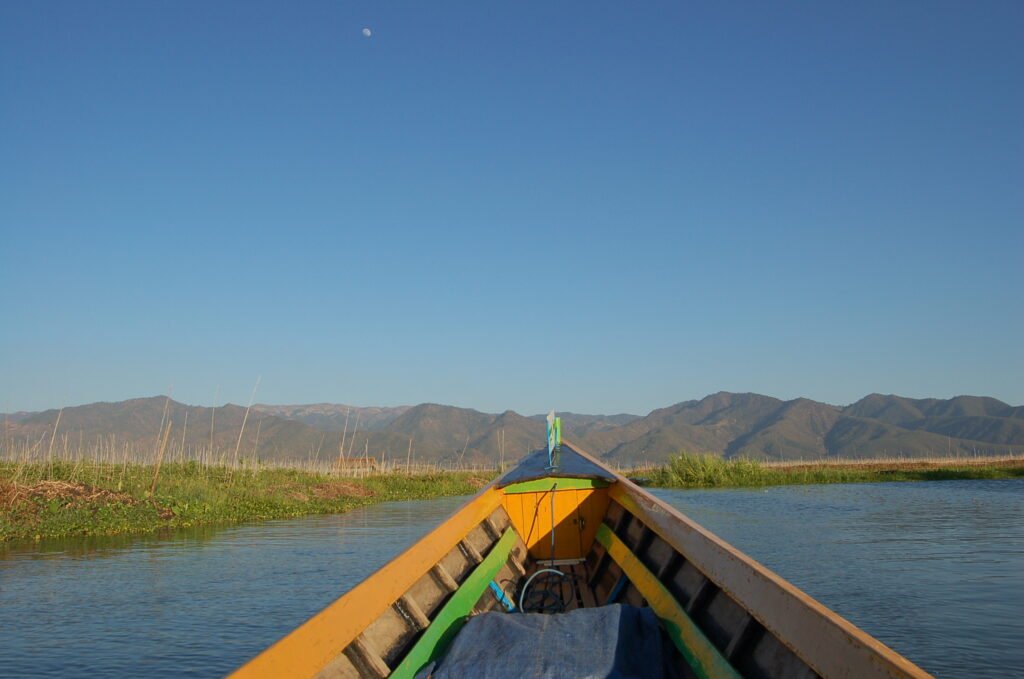
Inle Lake symbolizes Myanmar’s cultural heritage and ecological fragility, offering a blend of natural wonder and human ingenuity. Despite challenges, it remains a top destination for mindful travelers seeking tranquility and cultural immersion.
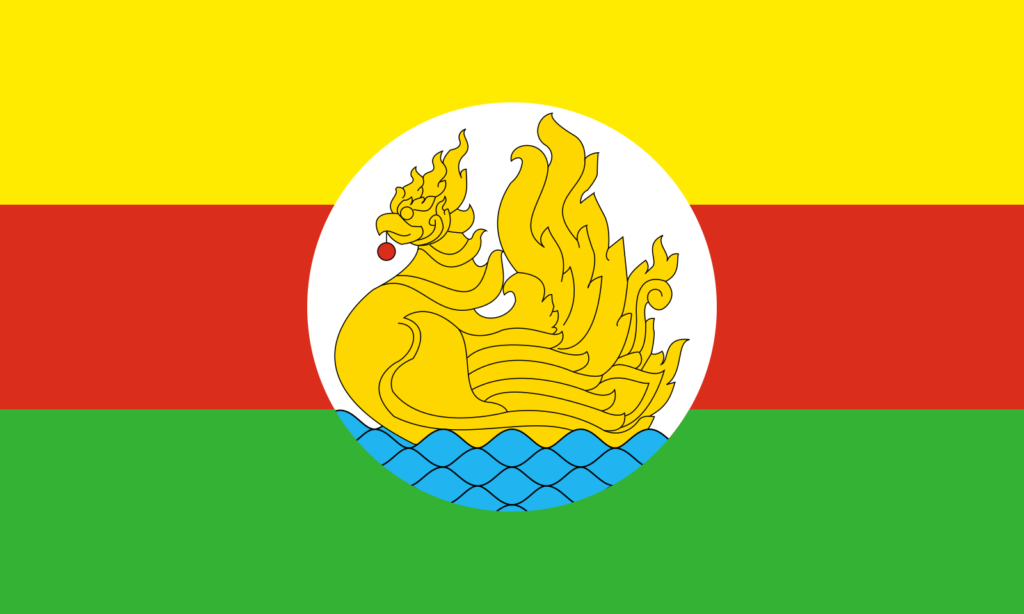
Related:
- Phaung Daw Oo Pagoda Festival (https://aboutmyanmar.com/?p=301)
- Photos show boat races during Buddhist religious celebrations in Myanmar (https://wtop.com/world/2025/09/photos-show-boat-races-during-buddhist-religious-celebrations-in-myanmar/)
- Spectacular lake festival in Myanmar shines despite political upheaval and natural disasters (https://apnews.com/article/myanmar-buddhist-festival-inle-lake-tourism-9d9d85c2394a6d8a1cb102eed702f971#)
